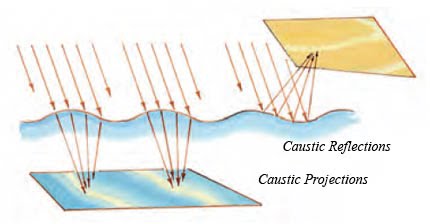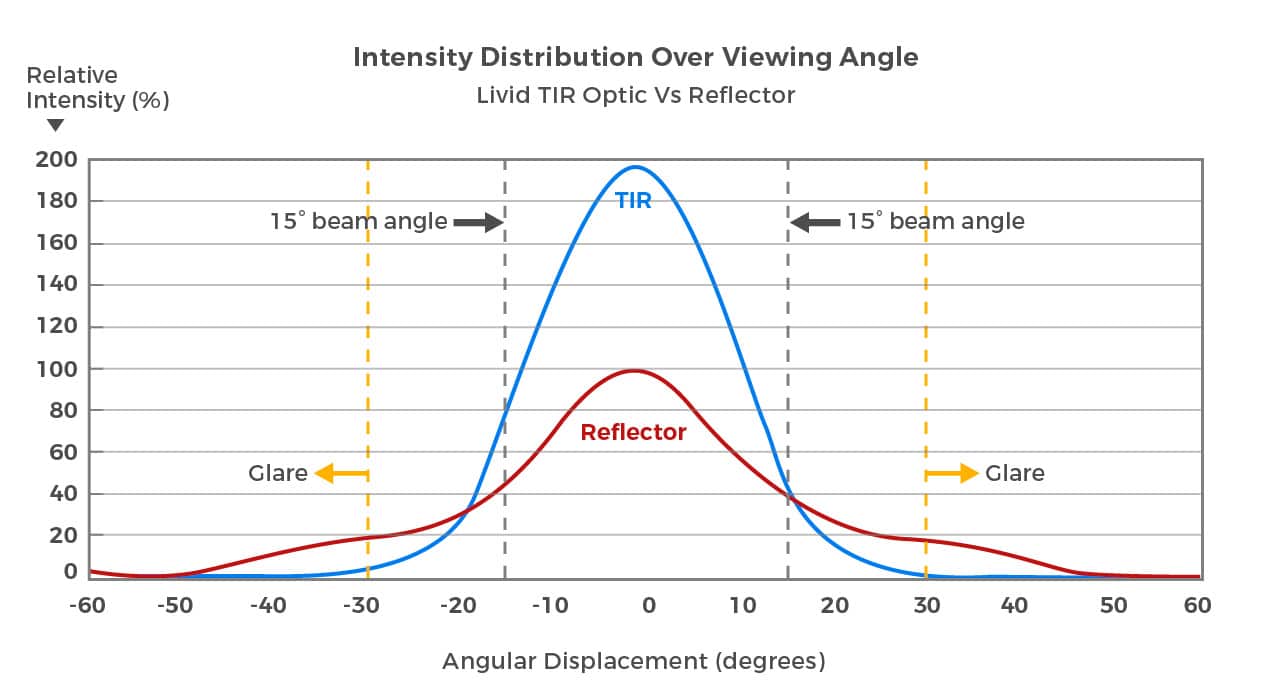- Joined
- Feb 18, 2020
- Messages
- 1,373
- Reaction score
- 1,288
Everyone knows the age old debate of T5/Halide VS. LED.
I often hear people say 500PAR of halide/T5 is not the same as 500PAR with LEDs, and I have to say, from my limited experience, this seems to be true.
In one tank, I can go well over 500PAR with T5's and the acros love it. However, in the other tank, 400 will torch the same corals.
No, not all things are equal between the tanks, so it is certainly not an apples to apples comparison. However, this got me thinking. What if the problem is the measuring device?
Stay with me here... and correct me if I'm wrong, because I don't KNOW all of this. Just making conjectures from my knowledge of electronics.
LEDs are digital on/off. DC voltage driven. No in-between. 1 second of 430nm light emitted is 100% on time. Or duty cycle, if you will. Square wave.
T5's and LEDs are A/C driven correct? Therefore, the light must cycle on/off multiple times per second emitting light at a varying intensity throughout the cycle in a sine-wave type pattern.
Our PAR meters (also digital, i assume,) must have a set sample rate at which it measures micromoles/second.
What if the sample rate on our PAR meter is low enough that when it samples light from an AC source that it just averages the result?
It seems this would skew the results on the low side, but I dont know how PAR meters work...
Kind of like measuring voltage of a pulse-width modulated circuit with a voltmeter. Sample rate is too slow, so it spits out an average. (I know, not apples to apples, because PWM is DC, but you get the idea!
Again, I don't know how these things work... just asking questions!
I often hear people say 500PAR of halide/T5 is not the same as 500PAR with LEDs, and I have to say, from my limited experience, this seems to be true.
In one tank, I can go well over 500PAR with T5's and the acros love it. However, in the other tank, 400 will torch the same corals.
No, not all things are equal between the tanks, so it is certainly not an apples to apples comparison. However, this got me thinking. What if the problem is the measuring device?
Stay with me here... and correct me if I'm wrong, because I don't KNOW all of this. Just making conjectures from my knowledge of electronics.
LEDs are digital on/off. DC voltage driven. No in-between. 1 second of 430nm light emitted is 100% on time. Or duty cycle, if you will. Square wave.
T5's and LEDs are A/C driven correct? Therefore, the light must cycle on/off multiple times per second emitting light at a varying intensity throughout the cycle in a sine-wave type pattern.
Our PAR meters (also digital, i assume,) must have a set sample rate at which it measures micromoles/second.
What if the sample rate on our PAR meter is low enough that when it samples light from an AC source that it just averages the result?
It seems this would skew the results on the low side, but I dont know how PAR meters work...
Kind of like measuring voltage of a pulse-width modulated circuit with a voltmeter. Sample rate is too slow, so it spits out an average. (I know, not apples to apples, because PWM is DC, but you get the idea!
Again, I don't know how these things work... just asking questions!




















